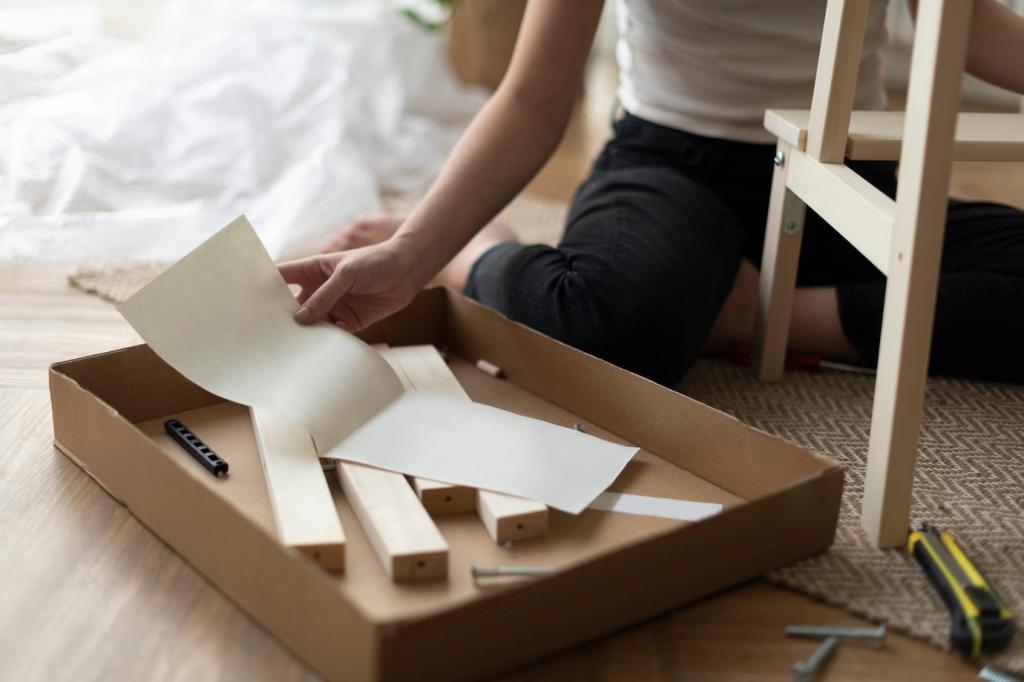Biodegradable Materials in Modern Furniture: Beauty That Returns to the Earth
Today’s theme: Biodegradable Materials in Modern Furniture. Step into a future where chairs, tables, and textiles are designed to live well, breathe cleanly, and gracefully return to nature. Subscribe and share your questions to help shape tomorrow’s sustainable interiors.
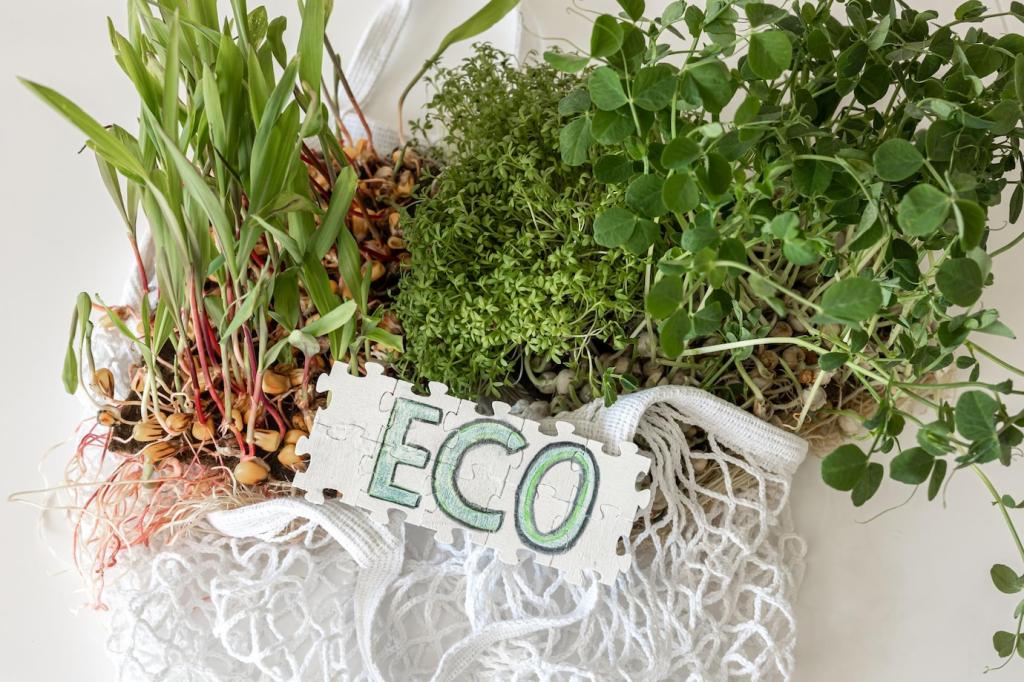
Understanding What Biodegradability Means for Furniture
Biodegradable vs. Compostable: What’s the Difference?
Biodegradable simply means microorganisms can break a material down over time, but not necessarily quickly or safely. Compostable materials degrade into nutrient-rich humus under defined conditions. Standards like EN 13432 and ASTM D6400 specify rates, toxicity, and residues for trustworthy claims. Ask brands which tests their components passed.
Common Biodegradable Materials You’ll Encounter
Expect plant- and bio-based options such as mycelium foams, cork, bamboo laminates, hemp fibers, jute webbing, wool felts, natural latex, bioplastics like PLA or PHA, and casein or starch-based adhesives. Each offers distinct strengths, textures, and end-of-life pathways for thoughtful furniture design.
Why This Matters for Modern Living
Furniture waste is a growing stream in many cities, and making pieces that safely cycle back to nature reduces landfill pressure. Biodegradable materials also often improve indoor air quality. Tell us where you live and how your city handles composting—we’ll tailor future guides to your reality.
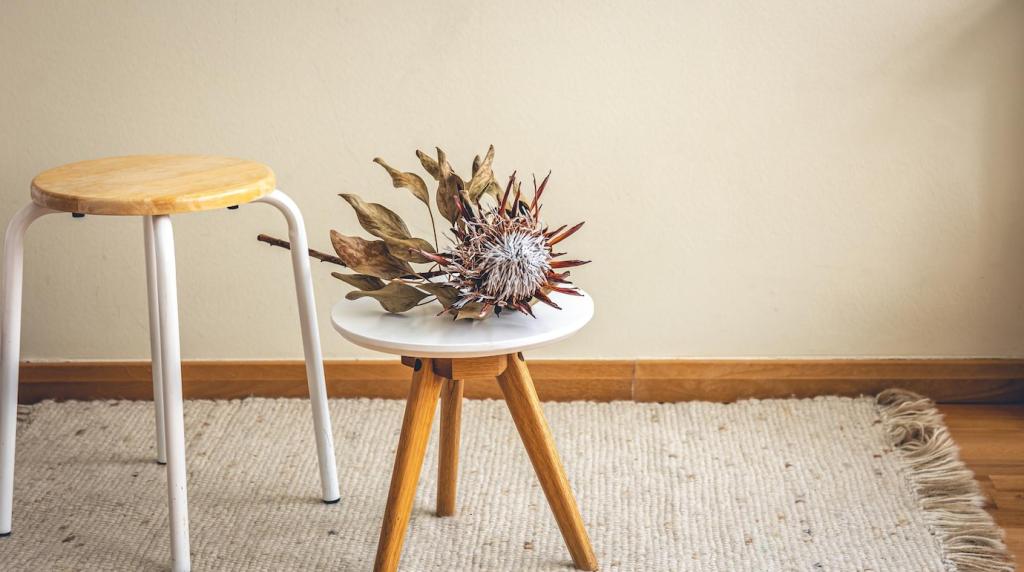
Grown Foams: Mycelium in Seats and Panels
Mycelium, the root structure of fungi, grows through agricultural byproducts in controlled molds, forming lightweight foams that replace petrochemical padding. With mineral finishes, panels pass fire assessments. A small studio prototype stool supported guests all weekend, surprising skeptics with resilience and a warmly tactile surface.
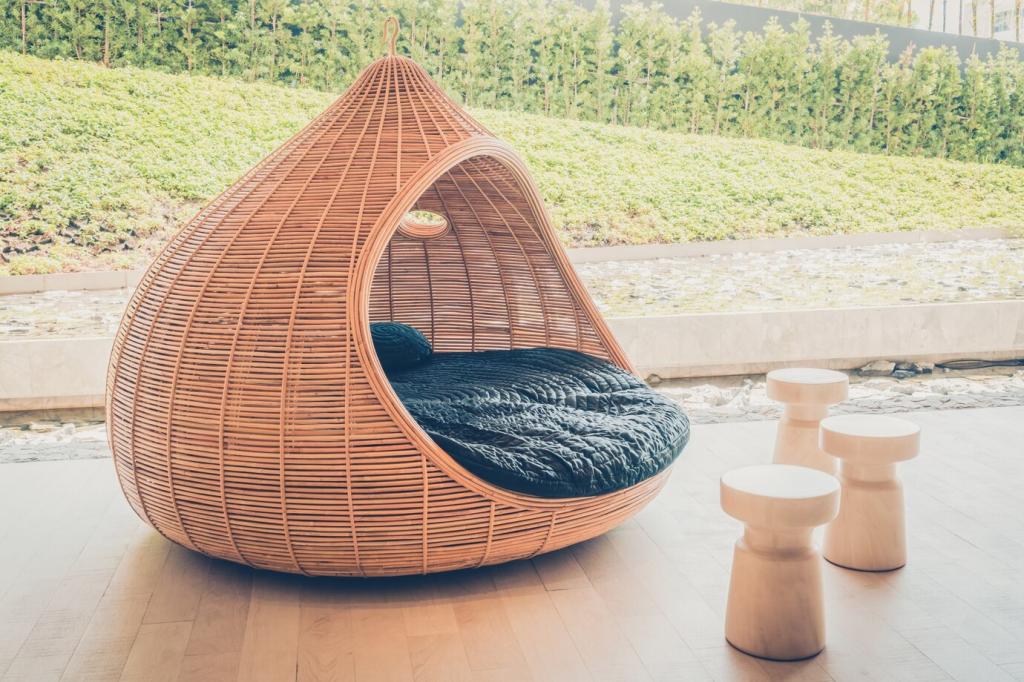
Hemp-Based Composites and Fabrics
Hemp fibers blended with bio-resins create strong, impact-resistant shells for chair backs and cases. Woven hemp textiles offer durability with a soft, natural hand. One workshop reported improved acoustic comfort after switching wall baffles to hemp-fiber boards bound with a low-VOC biobinder, reducing echo without synthetic foams.

Cork’s Elastic Warmth
Harvested from bark without felling trees, cork is lightweight, compressible, and thermally pleasant. Milled granules can be pressed with bio-binders into seats and tabletops that bounce back from pressure. A neighborhood café swapped seats to cork and noticed fewer scuffs, cozier acoustics, and delighted patrons who loved the gentle spring.
Design for Disassembly and End-of-Life
Opt for mechanical fasteners, wooden dowels, or traditional joinery that can be undone. When adhesives are necessary, casein, starch, or water-dispersed formulations ease separation and composting. Avoid permanent polyurethane glues where possible. Share your repair stories—what joint held up best in your home?
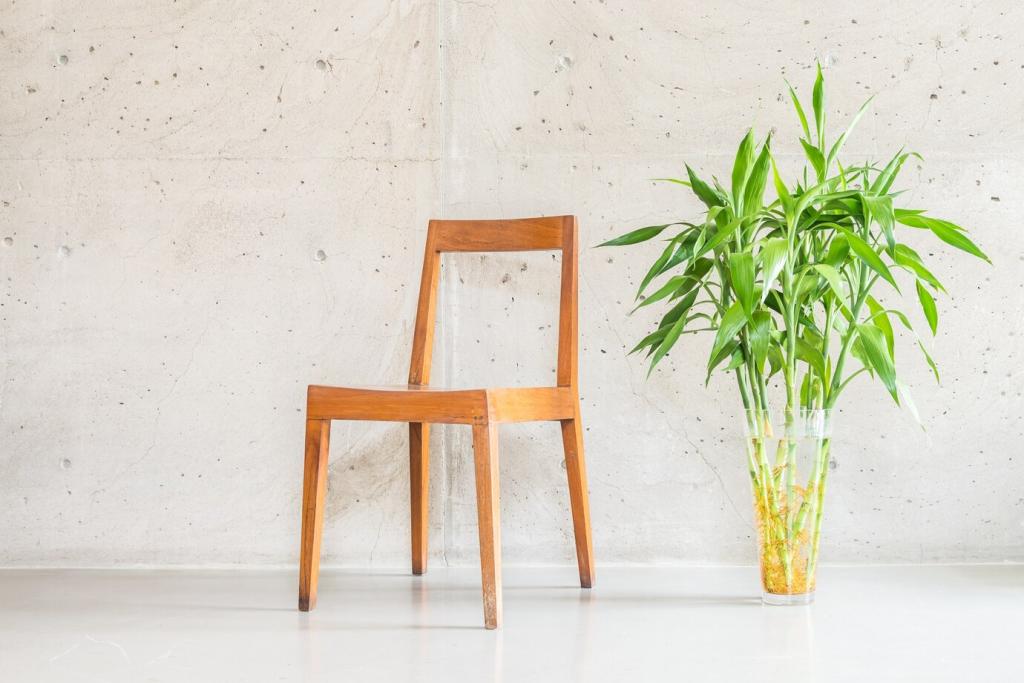
Moisture, Sunlight, and Protective Finishes
Natural oils, waxes, and shellac can protect fibers while maintaining breathability. Reapply periodically, especially on tabletops or sun-exposed surfaces. Avoid thick plasticized films that hinder future biodegradation. Share your maintenance habits—how often do you refinish, and which plant-based products work reliably in your climate?
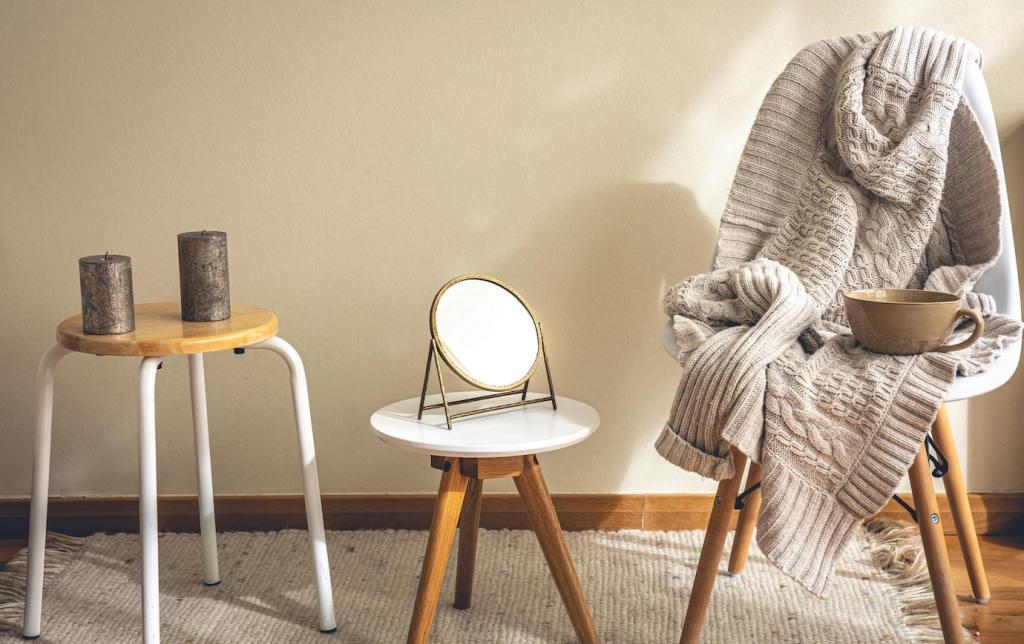
Strength and Safety Testing
Even biodegradable furniture can be engineered to meet demanding use cases. Look for references to standards like BIFMA or EN 16139 for seating. Load tests, edge impact performance, and stability checks ensure everyday safety. Designers increasingly publish test results, strengthening trust and helping buyers compare choices confidently.
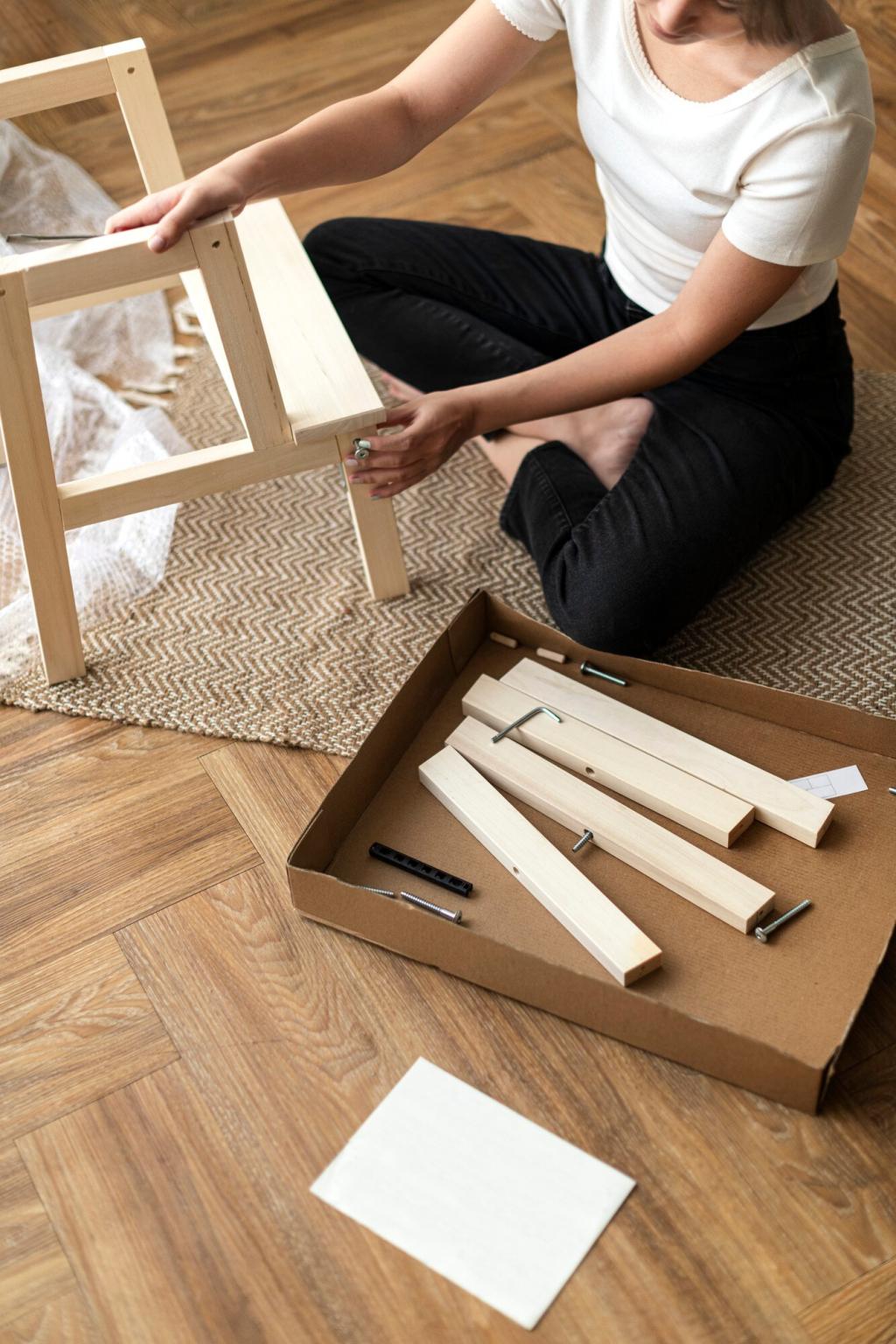
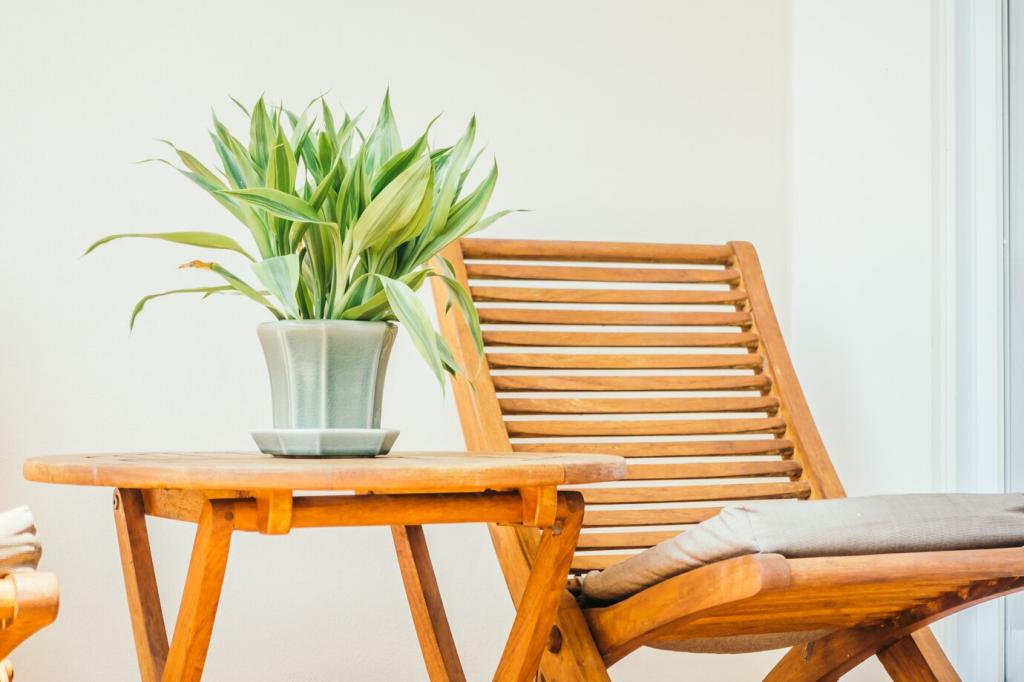

Stories from Studios and Homes
A young couple adopted a lively puppy that chewed everything except their mycelium ottoman. Its natural wax finish resisted teeth marks better than expected, and minor dents steamed out. They plan to compost the core years later, closing the loop with a smile.
Stories from Studios and Homes
A designer built a bamboo-laminate table using reversible joinery and a plant-based resin. When a move scratched the surface, a quick sand and oil revived the glow. The piece is built for decades now, and soil someday—heritage without the heavy footprint.
Stories from Studios and Homes
In a compact apartment, cork stools softened clatter and echoed less against tile floors. Guests noticed the gentle give and warmth underhand. The owner’s favorite part: simple maintenance with a light wax, plus the promise of clean compostability down the road.
How to Choose, Share, and Shape the Movement
What is the binder, and under which conditions does it break down safely? Are parts replaceable and labeled for disassembly? Which tests or certifications back claims? Request data sheets, then share responses with our community to help everyone choose confidently.
